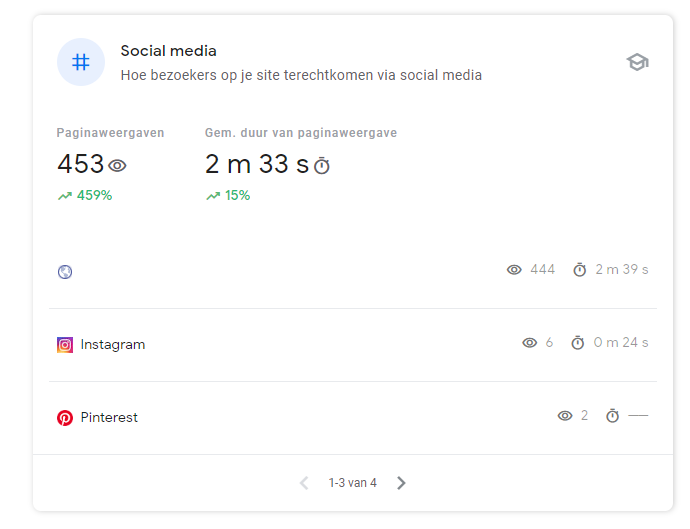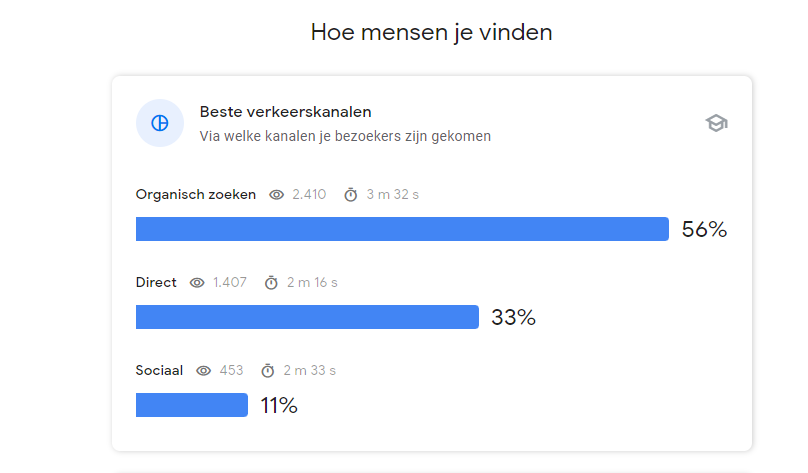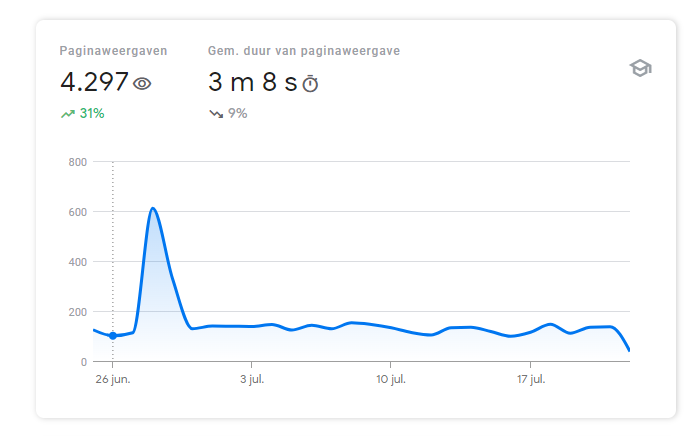Traffic for your website with social networks
For many webmasters, content writers and social media teams, driving traffic to their website is an important daily task. Companies have created entire teams for this purpose, whose sole goal is to drive as much traffic to the site as possible. One area where a lot of time and money can be invested is in driving traffic via social media. In this blog post, we're going to look at how you can make the most of it!
There are several ways to increase traffic to your website, which can be broken down into the following categories:
- Traffic through organic search results in search engines
- Traffic through paid search results in search engines
- Traffic via organic results in social media
- Traffic via paid results in social media
- Traffic from direct sources
- Traffic from ads in display networks
So there are a number of ways to get traffic to a website, there are the titans among the various industries like companies like Google, Facebook and Microsoft. But there are also many thousands of smaller alternatives and parties that can be successfully used for your website and target audience. So don't think that you should exclusively use these big providers, but realize that they have the most users.

Traffic via organic results on social media
Organic results mean that you don't have to allocate a direct budget for it and therefore you don't pay per click when someone clicks on your post. This can be any action you take on social media platforms, such as posts you make, comments you write, or other communication with your target audience. The idea behind this is that you build followers who like your content and therefore take a desired action. There are companies that have had great results with this, and there are also companies that have negative results. It is and always will be communication, and some people are better at it than others. So try to find the right person for it in your company, or hire someone who can show results.
Driving traffic through organic results on social media is challenging in most cases if you want to rely on a regular traffic source, because a regular post can quickly be forgotten. Many social networks are so saturated that new content is constantly pouring onto them. This means that in most hashtags and other venues, competitors are also busy posting new content. So, your post may already be an hour or less away from the latest results. The goal of many social media sites is to retain visitors, and one way to do that is to endlessly scroll through new content.

Traffic from paid results on social media
Paid results can be described as the ads you create on social media for your products or business. You can put these ads together yourself and promote them on your own channel and to your target audience. Or you can consider influencer marketing, a concept that has been around for some time. At least since Roman times when gladiators promoted an olive oil, but today this is done by content creators on social media. You can make an agreement with an influencer for a specific campaign just to get access to their audience. This can be very active with certain smaller influencers.
Some time ago, it became known that the tobacco industry advertises with this, which it is not allowed to do in almost all other areas. It is more difficult for social media companies to control this because it is business between them. You will now often see a label or a small notice with information like "Sponsored Post," "Sponsored Content," or something similar. To let users know about it.
The biggest disadvantage of social media as a traffic source
The biggest disadvantage of social media is that content changes and updates so quickly that you have to constantly post, respond to comments and interact. With a weekly post, you can forget about it actually bringing in much traffic in most channels. Of course, there are occasional outliers and a post that can go viral. But those are the exceptions to the rule.
This is true for paid ads and posts on social media as well as organic content. Once you stop advertising or run out of budget, the traffic dries up, too. And once a post is an hour or more than a day old, the traffic dries up as well. You can see this clearly in the example below: You see the spike of a popular day and then the stagnation after no further action is taken on social media. In this example, it is an organic post.

